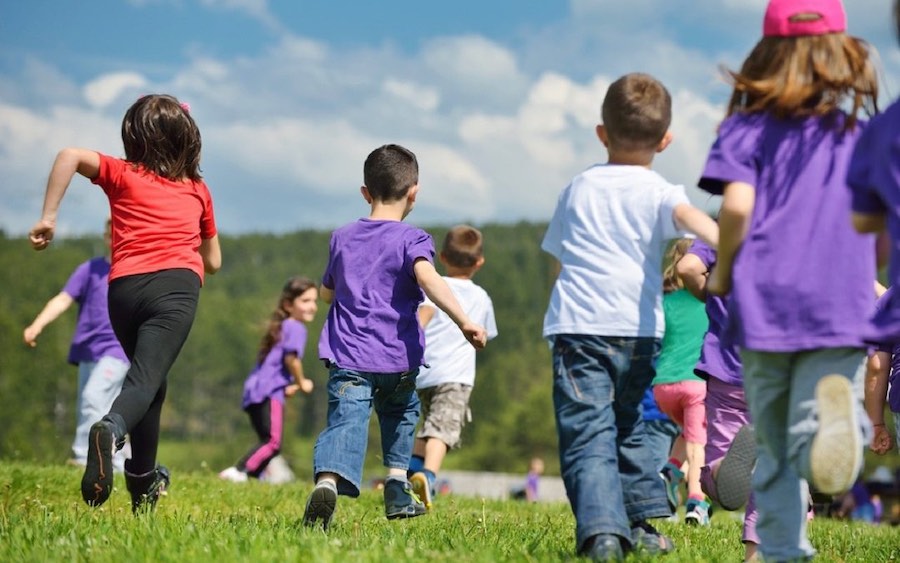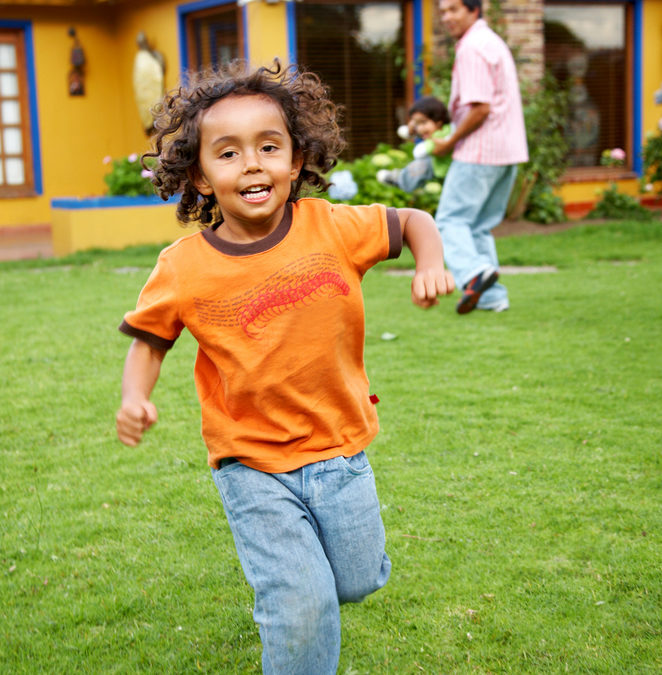
Research Behind Activity Breaks
According to a 2016 science paper, the average elementary school student is distracted more than a quarter of the time spent in class. Does this sound familiar? What are you doing in your classroom to keep your students engaged and on task?
One way to keep students engaged and on task is to let students move while they learn. My research concluded that an active education leads to:
- Increased student engagement and achievement
- Improved comportment
- Reduced behavior referrals
A 2017 study states, “Classroom-based physical activity may have a positive impact on academic-related outcomes.”
How can you add more physical activity into the school day?
Incorporate Activity Breaks
Activity breaks are physical activities that get students moving during the school day. Depending on the class, school, and teacher, activity breaks may last anywhere from three to 20 minutes. Activity breaks, however, should not be used as a substitute for PE or recess. They are a way to incorporate additional physical activity into the school day. Activity breaks can keep students on task and help them grasp new concepts.
Incorporating activity breaks into the school day is one way to get students moving more. Activity breaks can take many forms. Teachers can get students out of their seats and dancing, doing jumping jacks, running in place — just about any physical activity will work.
Integrate Movement Into Academic Lessons
I believe that integrating movement into traditional academic lessons is an even better solution because no instructional time is lost. A few ideas include having students act out verbs; make shapes, letters, or numbers with their bodies; and do jumping jacks as they count or spell words. Start by getting students up and out of their seats a few times a day, and decide whether you notice a difference in their focus.
Movement and Learning, Better Together with Walkabouts
We developed Walkabouts to integrate movement with language arts, reading, and math content. The Walkabouts platform is an easy-to-implement solution for adding more movement to the school day without sacrificing valuable instructional time.
What does the research say about Walkabouts? Independent researchers at Iowa State University and the University of California at Irvine examined the impacts of Walkabouts as a supplement to traditional lessons versus controls with traditional lessons alone. Pre-K to 2nd grade students exposed to Walkabouts’ standards-aligned, physically engaging lessons for eight weeks showed significant improvements in inattention and hyperactivity.
The research is clear: active kids achieve more, have increased focus, and are healthier. How will you get your students moving while they learn?





